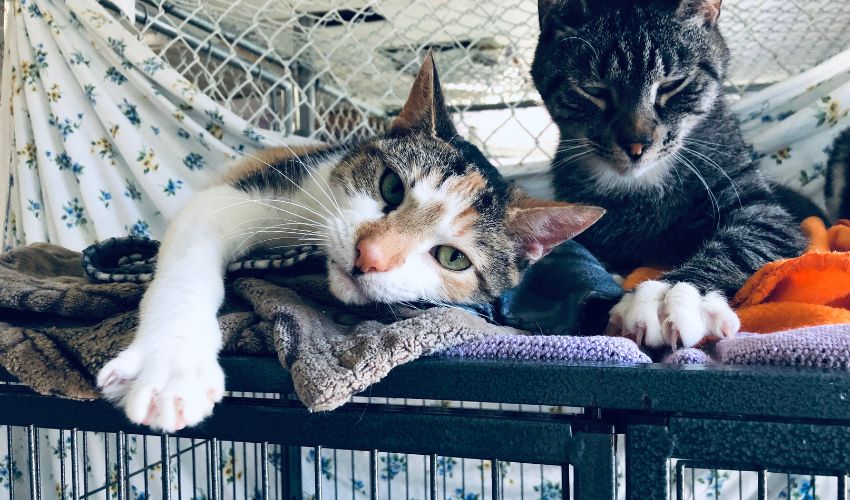In the dynamic world of animal rescue, staying updated with the latest trends is crucial for both volunteers and pet parents alike. From innovative adoption strategies to advancements in shelter technology, understanding these trends not only enriches our knowledge but also enhances our ability to make a positive impact on the lives of animals in need.
In this article, we’ll delve into the current landscape of animal rescue trends, focusing on key areas such as pet adoption, volunteer opportunities, and more.
1. Pet Adoption Trends:
With the rise of social media and online platforms, pet adoption has evolved significantly in recent years. From virtual adoption events to personalized matchmaking services, there are now more options than ever for finding the perfect furry companion.
Additionally, the concept of “adopt, don’t shop” continues to gain traction, emphasizing the importance of giving shelter animals a second chance at a forever home.
2. Technology Integration
Technology plays a pivotal role in modern animal rescue efforts. Doobert, an online software platform custom-built for animal rescuers, serves as a comprehensive solution for coordinating rescue missions.
Similar to a combination of Match.com specifically for animal shelters and rescues to find new partners, and then an Uber for getting the animals where they need to go, Doobert simplifies the process of connecting volunteers, shelters, and transporters. From coordinating transport routes to managing volunteer schedules, Doobert streamlines every aspect of the rescue process, allowing for more efficient and effective operations. By leveraging technology in this way, volunteers and pet parents can seamlessly navigate the world of animal rescue, making a tangible difference in the lives of animals in need.
3. Community Engagement
Community involvement is essential for the success of any animal rescue initiative. Increasingly, rescue organizations are partnering with local businesses, schools, and community groups to raise awareness, host adoption events, and advocate for animal welfare.
By fostering a sense of collective responsibility, these collaborations empower individuals to become active participants in the rescue process.
4. Specialized Care Programs
Recognizing the diverse needs of rescued animals, shelters are implementing specialized care programs to address medical, behavioral, and emotional challenges.
From senior pet adoption programs to rehabilitation initiatives for abused or neglected animals, these tailored approaches ensure that every animal receives the support and attention they deserve.
5. Sustainable Practices
In recent years, there has been a growing emphasis on implementing sustainable practices within the realm of animal rescue. From eco-friendly shelter designs to the promotion of vegan pet food options, organizations are increasingly adopting environmentally conscious approaches to animal care.
Additionally, initiatives such as community-driven recycling programs and the use of renewable energy sources contribute to reducing the ecological footprint of rescue operations. By prioritizing sustainability, volunteers and pet parents can play a vital role in creating a more sustainable future for both animals and the planet.
As animal rescue continues to evolve, staying informed about the latest trends is essential for volunteers and pet parents alike. By embracing innovation, fostering community engagement, and advocating for positive change, we can build a more compassionate world for animals everywhere.
Are you passionate about making a difference in the lives of animals?
Join us at Doobert, where you can discover volunteer opportunities, connect with fellow animal lovers, and be part of meaningful rescue missions.











